UAE Corporate Tax: Applying the 30% EBITDA Deduction Rule

When your business borrows money, the interest you pay can often be deducted from your taxable income. But under UAE Corporate Tax law, this deduction comes with boundaries. Once your annual net interest cost goes above twelve million dirhams, a special limit applies. This is known as the 30 percent EBITDA rule, a measure designed to prevent businesses from reducing their tax obligations through excessive interest claims.
This article unpacks the details of how this rule works, what adjusted EBITDA really means in a UAE context, and how you can avoid common mistakes when applying it. With clear explanations and examples, you will understand exactly how the cap affects your deductions and what steps you need to take to remain compliant.
Why Does the Rule Exist?
The purpose of the rule is to maintain fairness in the tax system. Without a cap, businesses could load up on debt simply to increase deductions and pay less corporate tax. By linking interest deductibility to profitability, the UAE ensures that deductions remain reasonable and tied to genuine business performance. This approach encourages healthy financing practices and discourages tax-driven borrowing structures.
The Basics of the Rule
Once your net interest costs in a tax year exceed twelve million dirhams, you must apply the general limitation. You are allowed to deduct the greater of:
- The fixed allowance of twelve million dirhams, or
- Thirty percent of your adjusted EBITDA
This means that smaller businesses, or those with lower profits, can still claim at least twelve million dirhams in deductions, while larger businesses with higher profits may deduct more, depending on their adjusted EBITDA.
Understanding Adjusted EBITDA
EBITDA stands for Earnings Before Interest, Taxes, Depreciation, and Amortization. In the UAE Corporate Tax framework, adjusted EBITDA is a specifically defined figure. It is calculated as follows:
1- Start with taxable income before applying interest deduction limitations or loss relief.
2- Add back net interest costs.
3- Add back depreciation and amortization expenses.
4- Adjust for any grandfathered loans issued before December 2022, depending on whether an election is made.
This adjusted figure represents your earnings capacity before certain financial and tax considerations, and it forms the basis of the 30 percent limit.
Example Calculation
Imagine your adjusted EBITDA for the year is fifty million dirhams. Thirty percent of that is fifteen million dirhams.
If your net interest costs are fifteen million dirhams, you may deduct the entire amount since it matches the 30 percent cap and exceeds the twelve million fixed allowance.
If instead your adjusted EBITDA was thirty million dirhams, thirty percent would be nine million dirhams. In that case, you could still deduct twelve million dirhams, thanks to the fixed minimum.
This ensures that businesses always get a fair allowance, even if their profits are relatively modest.
Step-by-Step Guide to Applying the Rule
1-Calculate total interest paid during the year.
2-Subtract any interest income received to find your net interest cost.
3-Work out your taxable income before applying limitations.
4-Add back depreciation, amortization, and net interest.
5- Adjust for older loans where applicable.
6- Multiply adjusted EBITDA by thirty percent.
7- Compare that result with the twelve million dirham allowance.
8- Deduct whichever amount is higher.
Common Mistakes to Avoid
- Forgetting to apply the cap when net interest costs exceed twelve million dirhams.
- Confusing tax figures with accounting numbers. Always use the amounts required under UAE tax law.
- Misclassifying capitalized interest. Even when interest is added to the cost of an asset, it may still be subject to the limitation.
- Including disallowed interest. If interest is already restricted by transfer pricing or anti-avoidance provisions, it must be excluded before applying the 30 percent rule.
These errors can lead to incorrect deductions, reassessments, and potential penalties.
What Happens if Your Interest Deduction Is Limited?
If the cap prevents you from deducting your full interest payments in a given year, the law provides flexibility. Disallowed interest can be carried forward for up to ten future tax years. Each year, you can use these carried-forward amounts if your adjusted EBITDA and net interest costs leave room under the cap.
However, these amounts cannot be transferred to another entity, even within the same group. They remain tied to the original taxpayer.
Carryforward Example
Suppose in 2025 you had net interest of twenty million dirhams, but your adjusted EBITDA cap only allowed you to deduct fourteen million. The six million difference is disallowed in that year. You can carry it forward and apply it in 2026, 2027, or any year within the next decade, provided your deduction room is large enough.
This mechanism ensures that businesses are not permanently penalised for a single year’s limitations.
Compliance Best Practices
- Maintain complete loan agreements, repayment schedules, and evidence of interest paid.
- Verify depreciation and amortization numbers according to tax law, not just your accounting records.
- Keep track of carried-forward disallowed interest separately.
- Review interest deductions annually, especially if debt levels change.
- Seek professional advice to ensure correct application of the cap.
Broader Implications for Business Financing
The rule influences how businesses approach borrowing. Companies must consider not just the cost of debt, but also the potential limitation on deductibility. This may encourage firms to balance debt with equity financing, keeping interest expenses within manageable levels. By tying tax benefits to profitability, the UAE system rewards sustainable financial practices over aggressive leverage strategies.
If you want expert support applying the 30 percent EBITDA rule to your tax filings, contact Alpha Pro Partners for a free consultation. Our team can help calculate your adjusted EBITDA, apply the cap correctly, and ensure your business stays fully compliant.
Frequently Asked Questions
Who must apply the 30 percent EBITDA rule?
Any business with net interest costs above twelve million dirhams in a tax year.
What happens to disallowed interest?
It can be carried forward for up to ten years and used when deduction room becomes available.
Can unused deductions be transferred to another company?
No. Disallowed interest is tied to the taxpayer and cannot be transferred, even within a group.
Are numbers based on accounting or tax records?
Always use figures calculated under UAE tax law. Accounting numbers alone may differ.
What about old loans before December 2022?
Some loans taken before this date may be exempt, but a formal election is required to apply that treatment.
What if I forget to apply the cap?
The FTA can reassess your return, disallow the excess deduction, and may issue penalties.
Is there always a minimum deduction available?
Yes. Even if your adjusted EBITDA is small, you can deduct up to twelve million dirhams.
How do carried-forward amounts work?
They can be applied in future years if your deduction limit allows, for up to ten years.
Can capitalized interest be excluded?
Not necessarily. Treatment depends on the tax law rules, not just accounting classification.
Should I seek professional advice?
Yes. Expert guidance helps ensure accuracy and compliance while avoiding penalties.

.webp)
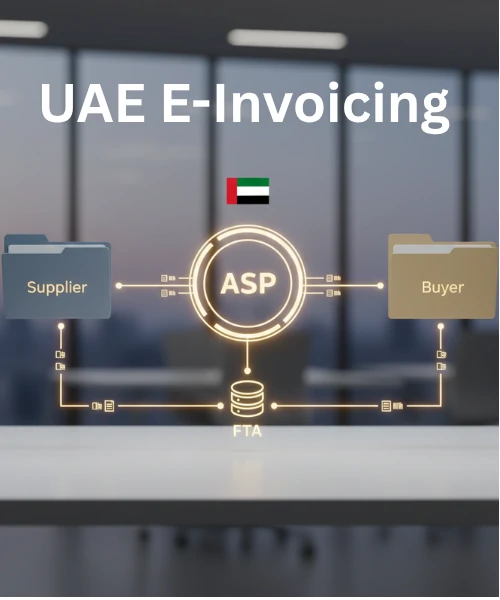
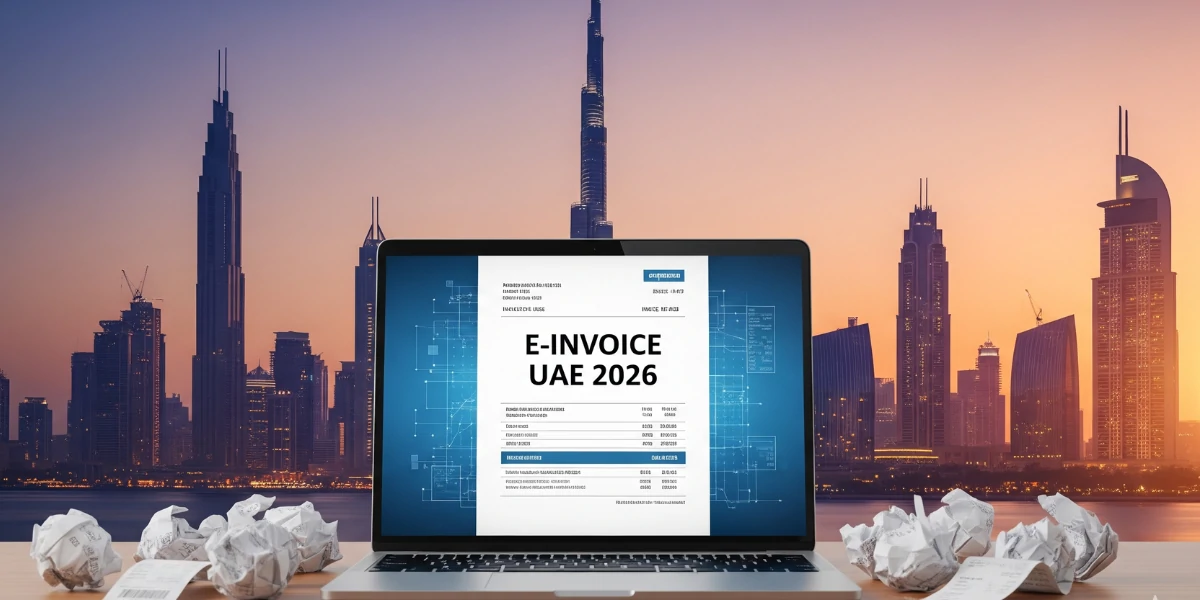



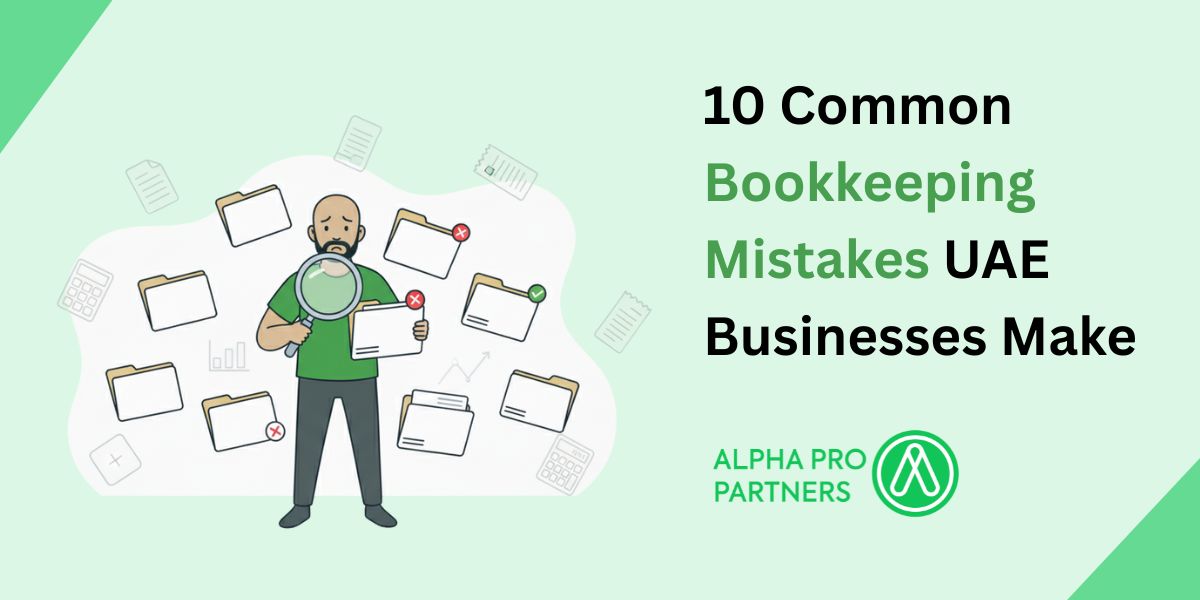

%20Widgets%2C%20Shortcuts%20%26%20Customisation.jpg)







.webp)
.webp)
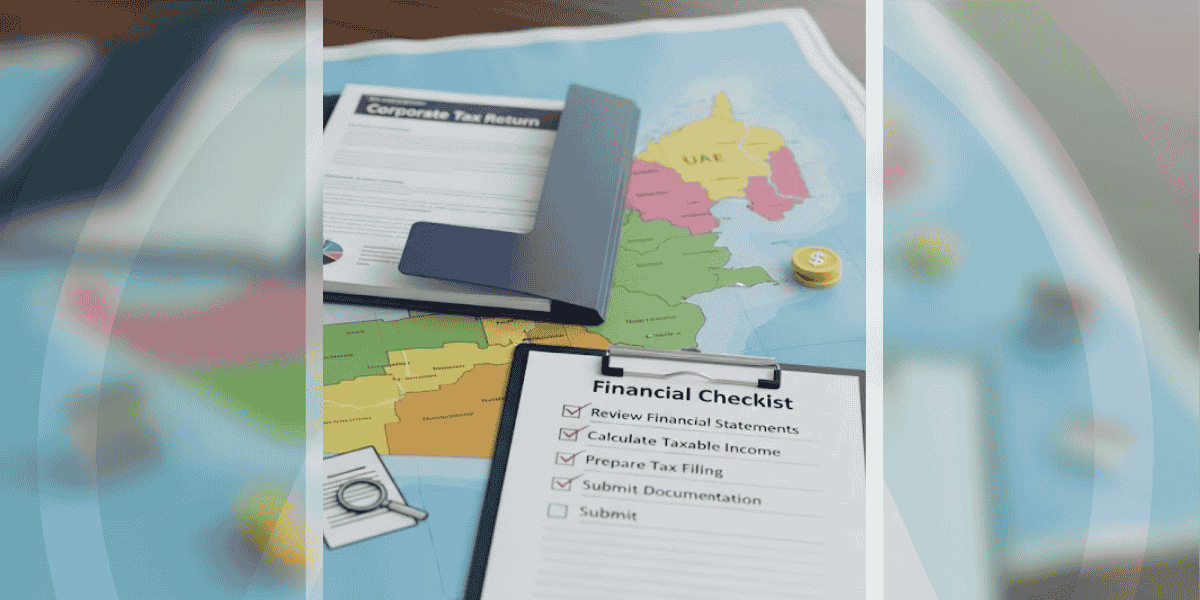
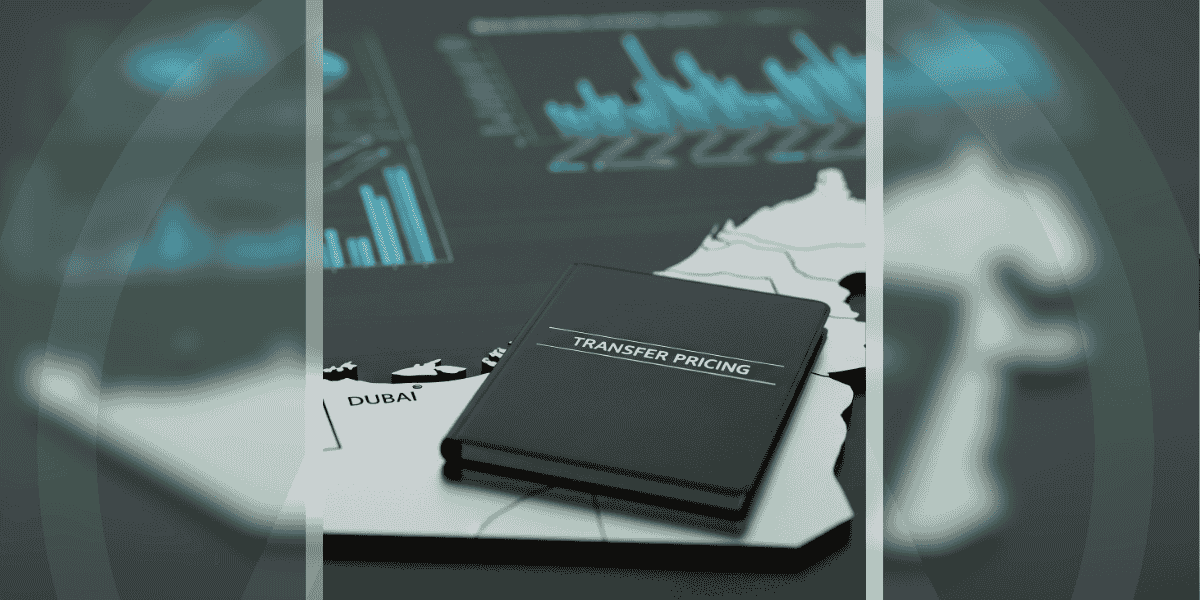
.png)
.png)
.png)
.png)
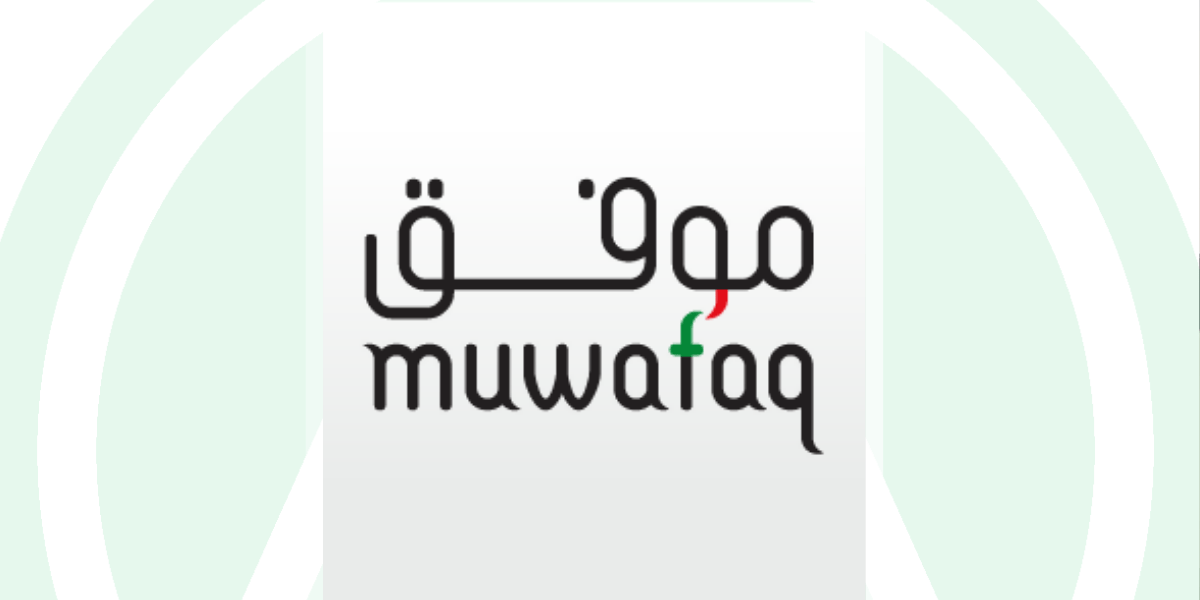
.png)
.png)


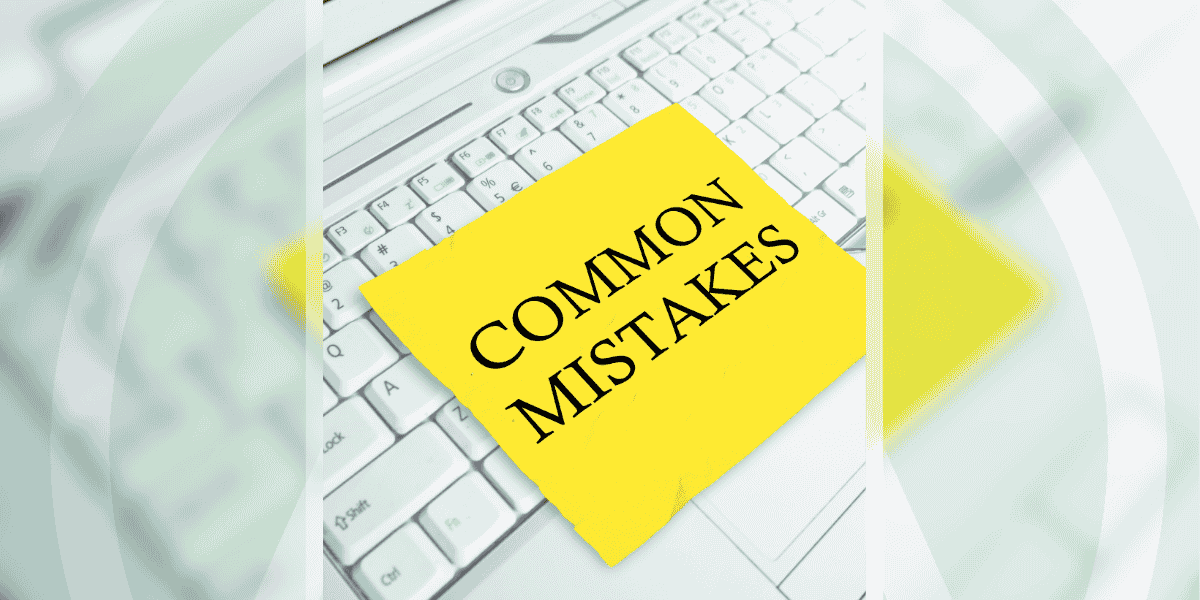
.png)
.png)





.jpg)


.jpg)





.png)
.png)






.png)


